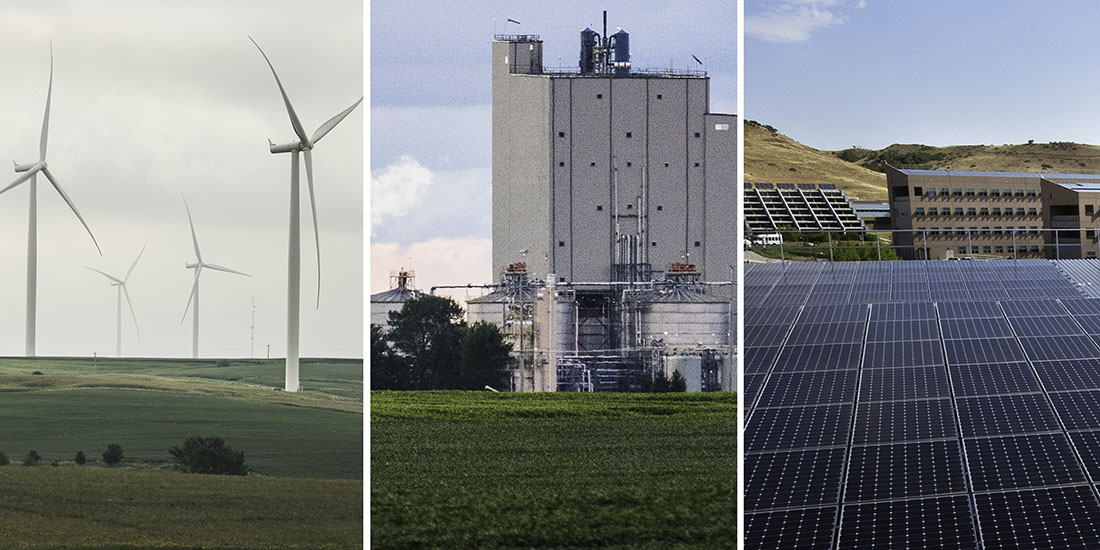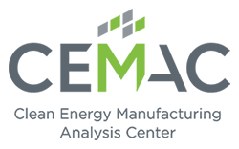Innovation clusters and their influence on manufacturing
September 18, 2020
By Derek Hill, NSF, and Jill Engel-Cox, CEMAC Director

Innovation clusters—such as Silicon Valley—are geographic concentrations of specialized organizations of businesses, research institutions, and other entities related to a single technology. The clustering facilitates entrepreneurship, innovation, and collaboration. Manufacturing of a technology can be co-located or occur geographically separate from the innovation cluster that developed the technology. The factors that support or inhibit this co-location are not entirely clear.
At CEMAC, we wanted to shine some light on the link between innovation clusters and manufacturing. We examined several case studies of innovation clusters for three different clean energy technologies: solar PV clusters in California and the province of Jiangsu in China, wind turbine clusters in Germany and the U.S. Great Lakes region, and ethanol clusters in the U.S. Midwest and the state of São Paulo in Brazil.
Our findings from these three case studies—detailed in a new CEMAC report—suggest that there are several factors that may influence the geographic proximity of innovation activities and manufacturing:
Government decision makers generally regard it as desirable to co-locate manufacturing with innovation clusters. The perceived benefits of manufacturing include the creation of jobs, attraction of new industries, and increased tax revenue. For example, the advance of ethanol manufacturing in both Brazil and the Great Lakes created and supported local ethanol supply chains from farm to distribution. Germany and the Great Lakes region both encouraged wind manufacturing to collocate with their innovation clusters.
Manufacturing tends to co-locate with innovation clusters when product design and manufacturing process technology require close integration. This is often during the early stages of development and commercialization. Solar PV innovation and manufacturing were initially clustered together in California, but much of the manufacturing moved elsewhere as the technology matured. The development and commercialization of next generation cellulosic technology requires the colocation of manufacturing with innovation activities in both the U.S. Midwest and the state of São Paulo in Brazil.
Governments with overlapping jurisdiction over regional clusters can coordinate (or not) their policies to the benefit (or detriment) of the technology's development. The states and province of the Great Lakes wind cluster each implemented separate policies to encourage wind manufacturing. In the worst case, the various entities were competing among each other to attract manufacturing. In the best case, the lack of coordination probably failed to maximize the development of manufacturing.
- In capital-intensive clean energy technologies, the scale of production and an extensive domestic supply chain appear to be more important than intrinsic factors, like the cost of labor, for locating manufacturing. For example, labor costs are a very small fraction of the costs of capital-intensive manufacturing. Germany has relatively high labor costs, yet it is a major global manufacturer of wind turbines, benefiting from research advancements and serving the European market. Although the cost of labor in China is now higher than other developing Asian countries, the province of Jiangsu continues to be a major global manufacturing center of solar PV because of its huge scale of production and domestic supply chain.
We have much more to learn about the influence of innovation clusters and the location of manufacturing. To see our initial findings, read each case study in detail, and consider the next stages of analysis, see the CEMAC report "Energy Innovation Clusters and their Influence on Manufacturing: A Case Study Perspective."

